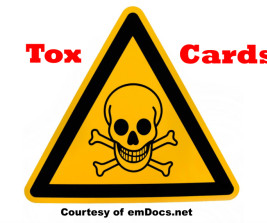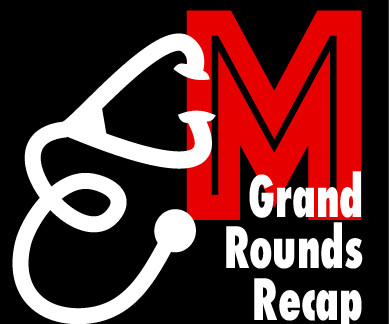2023 AHA Update on Management Cardiac Arrest or Life-Threatening Toxicity Due to Poisoning
EMDocs
NOVEMBER 6, 2023
Author: Brit Long, MD (@long_brit) // Reviewed by Alex Koyfman, MD (@EMHighAK) The American Heart Association 2023 Guideline for managing cardiac arrest or life-threatening toxicity due to poisoning was recently released. Opioid overdose remains the leading cause of cardiac arrest due to poisoning in North America. COR 2a, LOE B-NR.



























Let's personalize your content